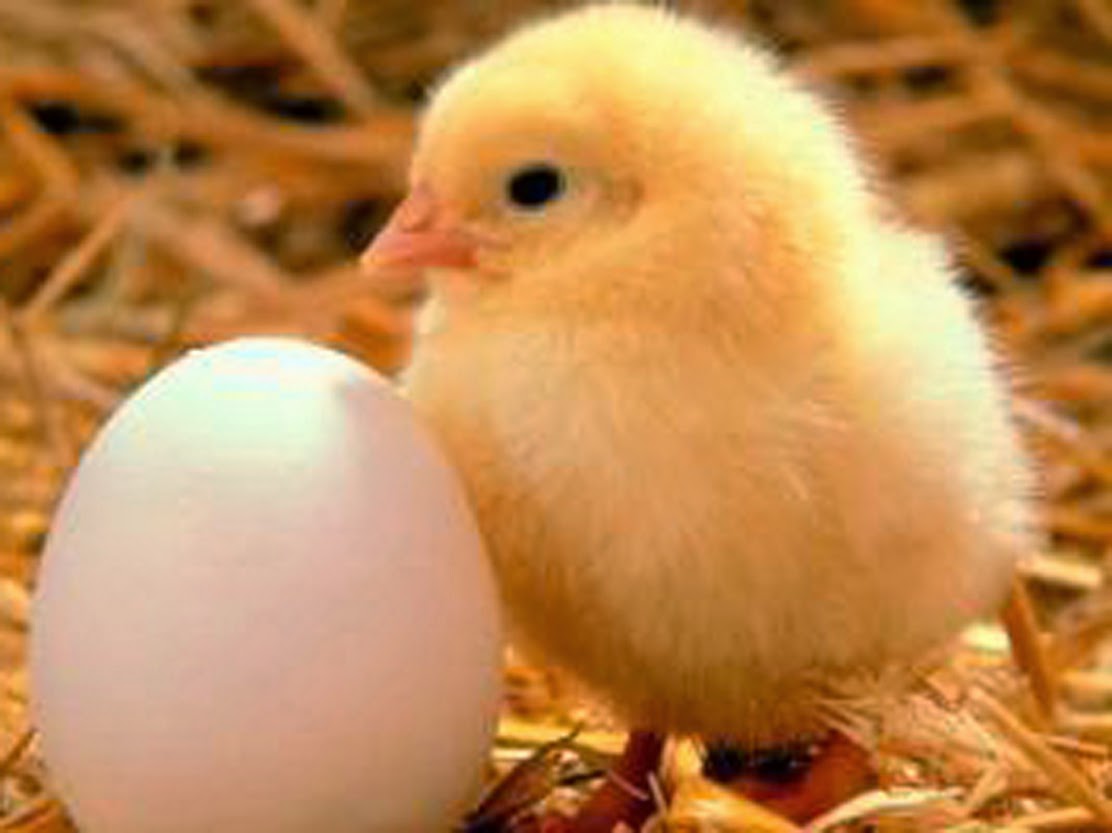Prior to that first true chicken zygote, there were only non-chickens. The zygote cell is the only place where DNA mutations could produce a new animal, and the zygote cell is housed in the chicken's egg. So, the egg must have come first.
The Importance of Urban Gardening
Several weeks ago I had a great time hanging out with Jan D'Atri and Chef Tess Bakeresse at the KFYI (Phoenix) studios. Chef Tess made delicious bread and I make homemade butter by simply using some physical science and whipping cream. The ability to do this within minutes during the middle of a radio studio led us to the conversation of why whipping cream might work better than half-and -half (fat content) and what we can make with the bi-product of the butter. Buttermilk!!! Ricotta came up as another alternative, as Jan's mom used to make homemade butter when she was growing up in Italy.
In today's world of instant gratification and gadgetry I'm so excited to take a deep breath, smell the urban air and work with kids that will benefit from taking a step back and going "old school". We forget to acknowledge how we are fed and why we need to eat. As we get our hands dirty and learn to innovate our own creations we can begin to identify what is best for us as consumers. We'll read labels, understand marketing buzz words (good and bad) and take what is out there and make it better.
As the daughter of a grocer and hearing many stories of my dad's early days on the farm, I understand the importance of what we grow and how we place it upon store shelves for consumption. I want to instill in students the ability to think critically, develop their knowledge of food and nutrition all while carving the possibilities for their future.






